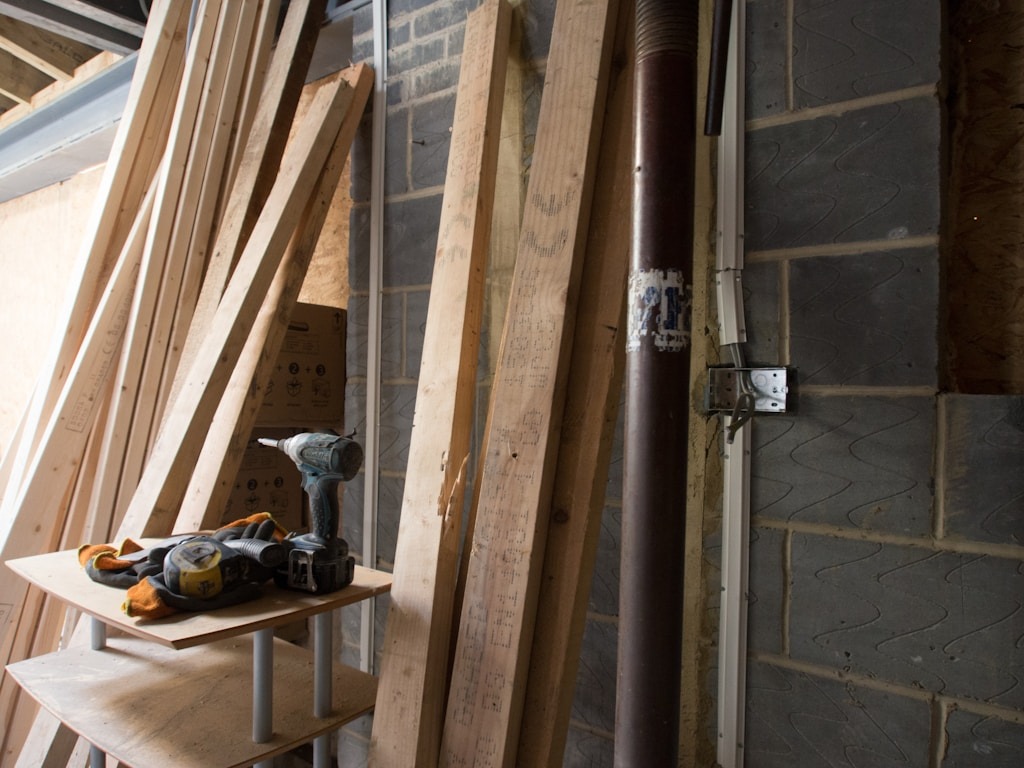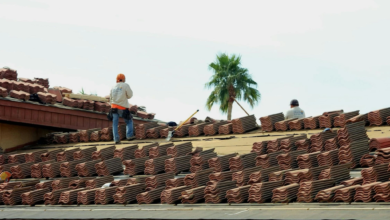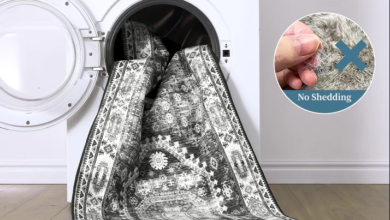Choosing Between Concrete Block, Aircrete, and Timber Frame

Selecting the appropriate construction method can significantly impact the overall cost, performance, and sustainability of a building project. Among the most commonly used construction materials are concrete blocks, aircrete, and timber frame structures. Each of these materials offers unique advantages and challenges that should be carefully considered before making a final decision. This article explores the characteristics, pros and cons, and comparative factors to assist in making an informed choice.
Advantages and Disadvantages of Concrete Block Construction
Concrete block construction is widely used in both residential and commercial buildings due to its strength, durability, and fire-resistant properties. One of the key benefits of this method is its structural stability, which makes it ideal for multi-storey buildings and areas exposed to extreme weather conditions. Additionally, concrete blocks provide excellent soundproofing and thermal mass, contributing to energy efficiency when used with additional insulation.
However, concrete block construction has some drawbacks. It is often more expensive in terms of labor due to the need for skilled masons and additional time. Structures built with concrete blocks are also heavier, which can increase foundation requirements and transportation costs. Moreover, without proper insulation, concrete block buildings might struggle with heating and cooling efficiency compared to more modern alternatives.
Benefits and Drawbacks of Using Aircrete
Aircrete, also known as autoclaved aerated concrete (AAC), is a lightweight, precast foam concrete building material that has become increasingly popular for its ease of installation and thermal efficiency. The most notable advantage of aircrete is its insulating properties, which reduce energy consumption for heating and cooling. Aircrete blocks are also easy to cut, shape, and transport, making the construction process faster and more cost-effective in many situations.
Despite its benefits, aircrete has its limitations. It is generally less structurally strong than traditional concrete blocks, which can limit its use in taller or load-bearing structures. Additional reinforcement or hybrid construction methods may be necessary for projects with structural complexities. For those planning economical and energy-efficient construction projects, it’s useful to explore estimating options to streamline budget planning. Visit estimedes.co.uk/en for professional estimating services for construction projects, including cost planning and material analysis. This service especially benefits:
- Developers managing multiple projects simultaneously
- Self-builders with limited construction experience
- Architects seeking accurate budget frameworks
Key Features of Timber Frame Building
Timber frame construction is known for its sustainability and speed of assembly. Timber is a renewable resource, and when sourced from responsibly managed forests, it contributes to environmentally conscious building practices. Timber frames are also prefabricated, which allows for faster on-site construction and reduced labor costs. The adaptability of timber makes it ideal for both modern and traditional architectural designs.
However, timber frame structures are prone to certain vulnerabilities. They are more susceptible to fire and moisture damage without appropriate treatments. Regular maintenance is often required to ensure longevity and stability. In high-humidity environments, timber may warp or degrade if not properly sealed and ventilated. Still, with proper design considerations and materials, timber can be a reliable and aesthetically appealing choice.
Comparing Cost and Energy Efficiency of Each Material
In terms of initial construction cost, aircrete often proves to be the most economical due to its lightweight nature and ease of use. Concrete blocks are moderately priced but can incur additional labor and transport expenses. Timber frames may appear costlier at first glance, but their prefabrication can lead to significant savings in construction time and labor costs.
Energy efficiency also varies among these materials. Aircrete offers the best thermal insulation, leading to lower long-term energy costs. Timber, when properly insulated, can also promote energy savings. Concrete block constructions require additional insulation to reach the same energy performance, potentially increasing the overall cost. Therefore, the long-term benefits can outweigh initial expenses depending on climate and usage.
Environmental Impact and Sustainability Considerations
Sustainability has become a central factor in modern construction. Timber frame buildings are generally considered the most environmentally friendly, especially if certified wood is used. The carbon footprint of timber is significantly lower than that of concrete or aircrete, and its renewable nature makes it more sustainable in the long term.
Aircrete also has environmental advantages due to its energy-saving characteristics and minimal waste during production and installation. On the other hand, concrete blocks score the lowest in terms of sustainability because their production involves significant CO₂ emissions. However, new technologies such as carbon-capture concrete are being developed to make this material greener in the future.
In summary, choosing between concrete block, aircrete, and timber frame construction depends on project goals, structural demands, budget, and environmental priorities. For comprehensive planning support, leveraging external expert services like estimedes.co.uk/en ensures well-informed decisions and precise cost estimations throughout the construction process.




